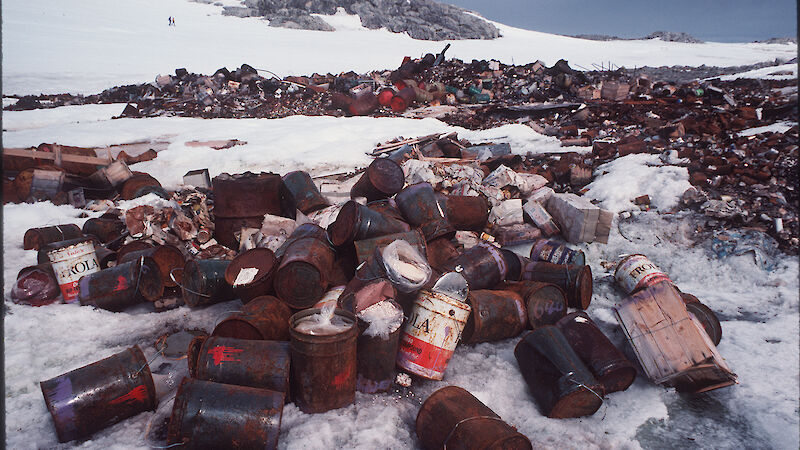Each Antarctic station can store over a million litres of fuel in above-ground tanks. These ‘fuel farms’ are housed in concrete dams, or bunds, that will contain any fuel spills or leaks. We take special precautions when transferring fuel from ship shore, and when refuelling vehicles and aircraft.
All stations have special storage areas for hazardous chemicals used in the laboratories and workshops. The stations all have comprehensive waste management practices.
All construction and general operational sites are kept tidy, with materials secured from the wind. The location of materials is recorded so they don’t get lost under the snow. Regular station clean ups ensure that no litter escapes into the environment.
All expeditioners are briefed before departure on appropriate environmental guidelines and procedures for all station and field operations.
Using less fuel
Fuel is slow to break down in the cold climate and may stay in the environment for many years. A significant spill on land would also eventually find its way into the marine environment, with potentially devastating consequences.
In 1998/1999, the AAD installed the Building Monitoring and Control System (BMCS) at Casey, Davis and Mawson. This automated system for the lighting, heating and air quality on Antarctic stations was a big step forward in the reduction of energy consumption. The BMCS can be monitored, programed and controlled from the stations, and from the AAD headquarters in Tasmania.
The AAD continues to reduce fuel use, and the resulting pollution, by developing and enhancing the use of alternative energy sources. These include the use of wind and solar generated energy.

